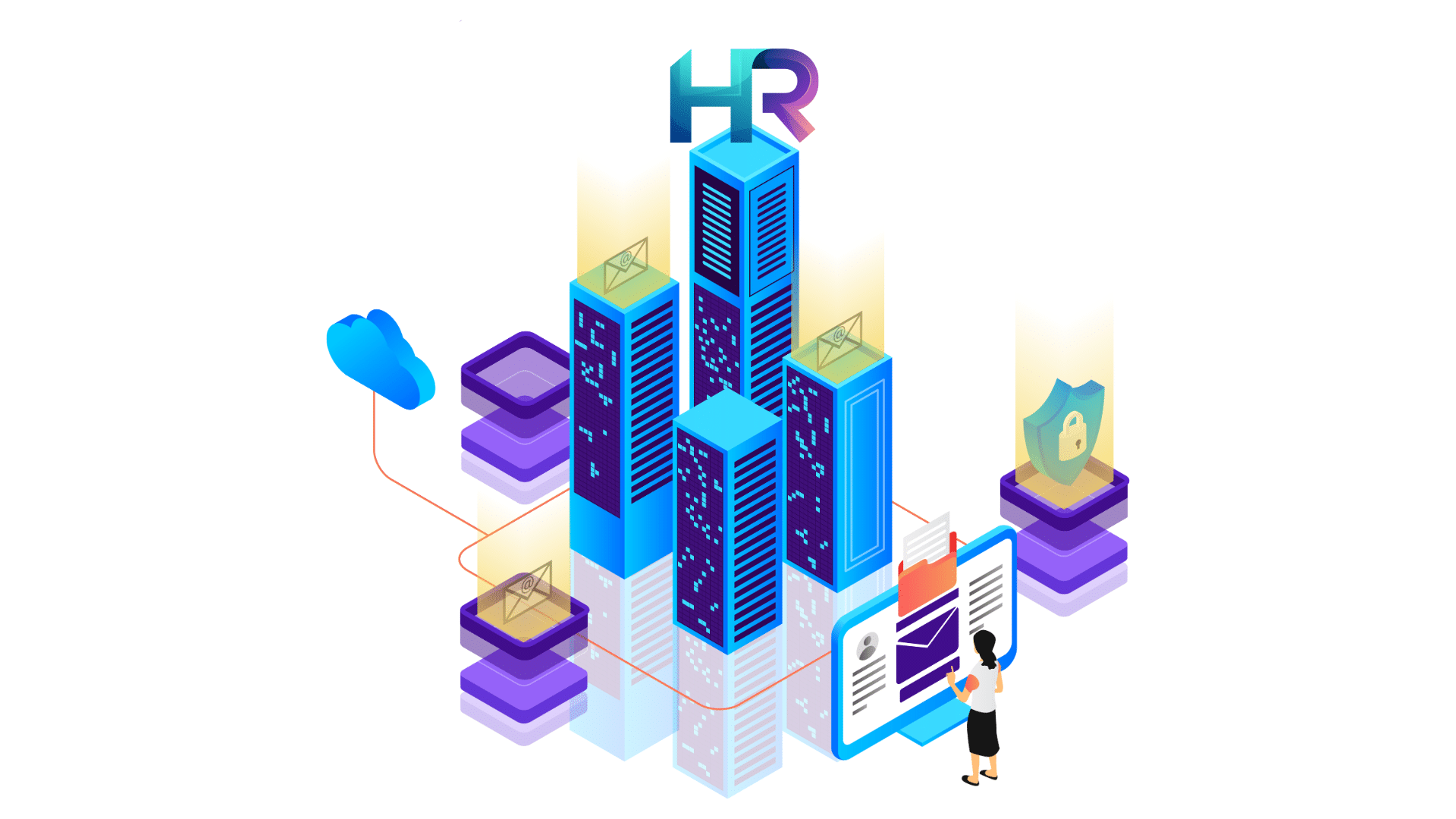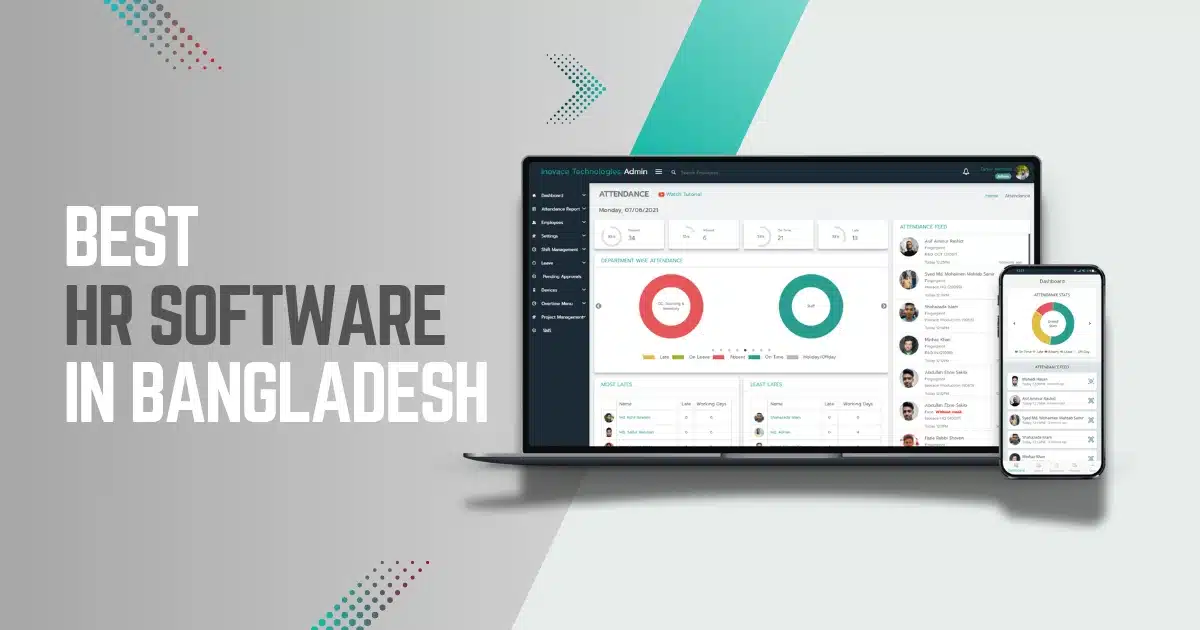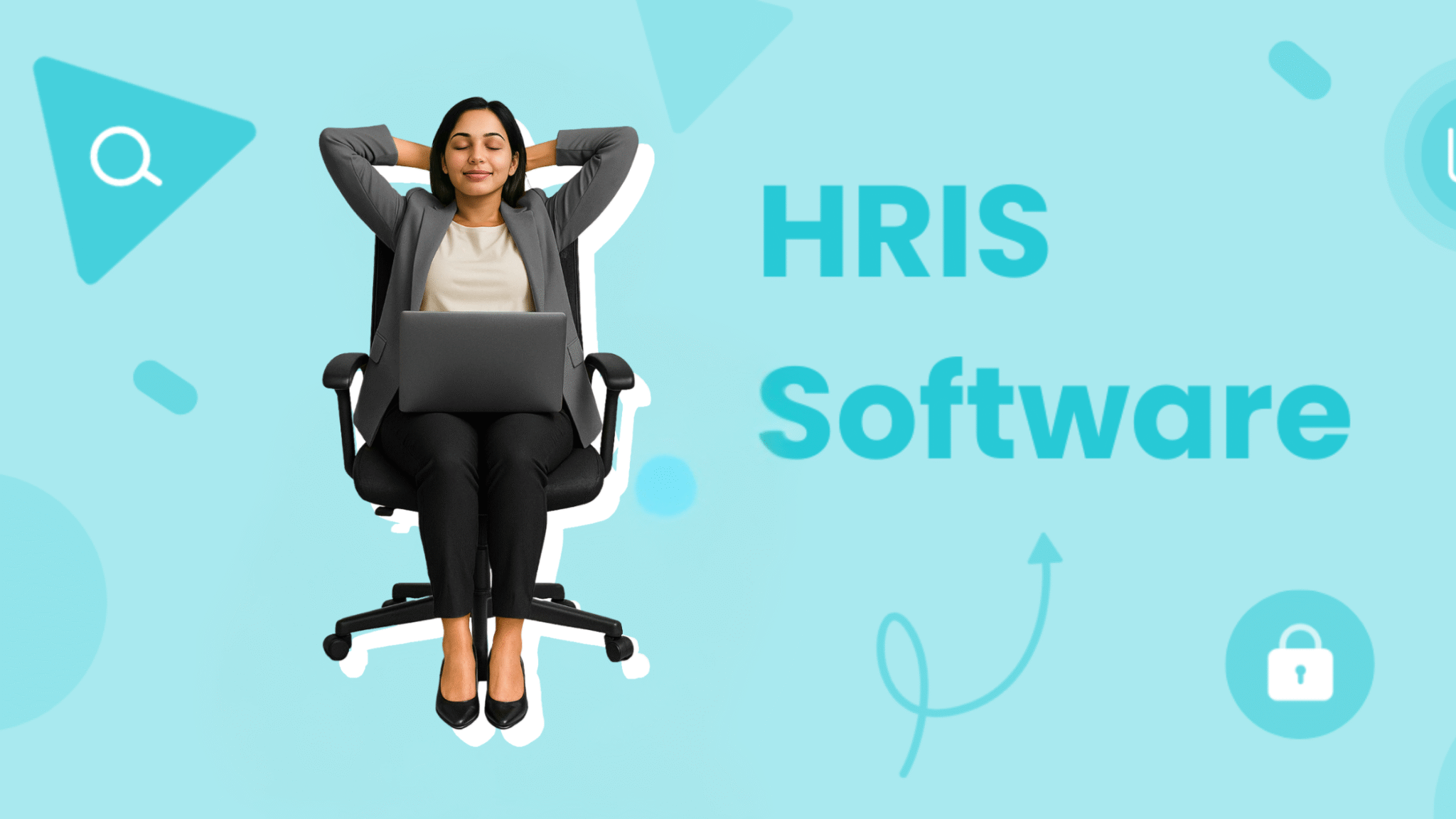Adopting HR cloud systems can transform how companies manage their human resources. Change management is crucial for a smooth transition.
Moving to HR cloud systems involves more than just technology. It requires a strategic approach to manage change effectively. Employees need to adapt to new processes and tools. Resistance to change is common, and overcoming it is key to success.
Effective change management strategies help ensure a smooth transition and maximize the benefits of HR cloud adoption. This blog will explore how to implement successful change management strategies for HR cloud adoption. By understanding these strategies, companies can better navigate the challenges and reap the rewards of modern HR technology.
Introduction To HR Cloud Adoption
Effective change management strategies ensure smooth HR cloud adoption. These approaches help organizations transition to new systems, minimizing disruptions. Clear communication and training are key.
The adoption of HR cloud solutions is transforming how companies manage their workforce. With cloud technology, HR departments gain flexibility, efficiency, and improved data management. This shift has significant implications for businesses of all sizes.
Cloud adoption in HR involves moving from traditional, on-premise systems to internet-based platforms. These platforms offer scalable solutions, making it easier to manage HR processes. Many organizations are finding that cloud-based HR systems help them stay competitive.
The Evolution Of HR Technology
HR technology has evolved rapidly over the past few decades. Initially, HR tasks were manual and time-consuming. Over time, technology improved, automating many HR processes. This led to the development of HR software that could handle payroll, recruitment, and employee records more efficiently.
The advent of cloud computing marked a significant milestone. Cloud technology brought increased accessibility and flexibility. It allowed HR teams to access data and applications from anywhere with an internet connection. This shift enabled real-time updates and collaboration across different locations.
Importance Of Cloud In HR
Cloud technology plays a crucial role in modern HR management. It offers several advantages over traditional systems. One key benefit is cost savings. Cloud solutions typically require lower upfront investments compared to on-premise systems.
Scalability is another important factor. As companies grow, their HR needs change. Cloud systems can easily scale up or down, providing the necessary resources without significant additional costs.
Data security is also enhanced with cloud solutions. Reputable cloud providers offer advanced security measures to protect sensitive HR data. This reduces the risk of data breaches and ensures compliance with privacy regulations.
Finally, cloud-based HR systems foster better decision-making. They provide insights through data analytics, helping HR professionals make informed choices. This leads to improved employee satisfaction and overall organizational performance.
“`
Assessing Organizational Readiness
Adopting an HR cloud system can transform your organization’s HR operations. It brings efficiency, accuracy, and agility. But to reap these benefits, assessing organizational readiness is crucial. This involves evaluating current HR processes and identifying key stakeholders. Let’s dive into these aspects.
Evaluating Current HR Processes
Begin by reviewing your existing HR processes. Identify areas that need improvement. Ask questions like:
- Are our current systems meeting our needs?
- Where do we face the most delays?
- Which tasks are repetitive and can be automated?
Gather data on employee performance and satisfaction. Create a table to summarize the findings:
| Process | Current Performance | Improvement Needed |
|---|---|---|
| Recruitment | Moderate | High |
| Onboarding | Poor | Very High |
| Payroll | Good | Low |
Identifying Key Stakeholders
Identify who will be impacted by the HR cloud adoption. Key stakeholders usually include:
- HR Managers
- IT Department
- Finance Team
- Employees
Each of these groups has different interests and concerns. Hold meetings to discuss:
- HR Managers – How will the new system support HR goals?
- IT Department – What technical support is needed?
- Finance Team – What is the cost-benefit analysis?
- Employees – How will their day-to-day tasks change?
Document these discussions to ensure all voices are heard. This will help in creating a smooth transition plan.
Developing A Clear Vision
Developing a clear vision is vital for successful HR cloud adoption. A well-defined vision helps guide your team through the change process. It sets a clear path and ensures everyone understands the goals. This clarity reduces resistance and fosters a smooth transition.
Setting Goals And Objectives
Start by setting specific goals for HR cloud adoption. These goals should be measurable and achievable. Define what success looks like. This can include improved efficiency, better data management, or enhanced employee experience. Clear goals keep the team focused and motivated.
Aligning With Business Strategy
Ensure your HR cloud vision aligns with the overall business strategy. This alignment helps gain support from top management. It also ensures that HR cloud adoption contributes to broader business objectives. For example, if your business aims to be more agile, highlight how the HR cloud supports this goal.
Engaging Stakeholders
Engaging stakeholders is essential for successful HR cloud adoption. Without their support, implementation can face significant obstacles. This section will focus on strategies to engage stakeholders effectively.
Building A Cross-functional Team
Create a diverse team from various departments. This team should include representatives from HR, IT, finance, and other key areas. Each member brings unique insights and expertise. This diversity helps address concerns from all parts of the organization. It also ensures that the solution meets everyone’s needs.
Regular meetings help keep everyone aligned. Discuss progress, challenges, and next steps during these sessions. Encourage open communication and collaboration. This approach fosters a sense of ownership among team members.
Communicating Benefits And Changes
Clear communication is crucial for stakeholder engagement. Highlight the benefits of the HR cloud system. Explain how it will improve efficiency and reduce manual tasks. Share success stories from other organizations.
Address any concerns or fears. Be honest about the challenges and how you plan to overcome them. Use simple language and avoid technical jargon. This helps everyone understand the changes and their impact.
Keep communication channels open. Provide regular updates on progress and any changes in the plan. Use emails, newsletters, and meetings to keep stakeholders informed. This transparency builds trust and confidence in the project.
Creating A Change Management Plan
Creating a change management plan is crucial for successful HR cloud adoption. This plan helps navigate the transition smoothly. It ensures all stakeholders are on the same page. A well-structured plan reduces resistance and confusion. It also minimizes disruptions to daily operations.
Establishing A Timeline
First, establish a clear timeline. This timeline should outline key milestones. Set realistic deadlines for each phase. Make sure to include time for training and feedback. A well-defined timeline keeps everyone on track. It also helps manage expectations.
Defining Roles And Responsibilities
Next, define roles and responsibilities. Identify key players in the change process. Assign specific tasks to each team member. Clear roles prevent overlap and confusion. Everyone should know their part in the transition. This clarity ensures accountability and smooth workflow.
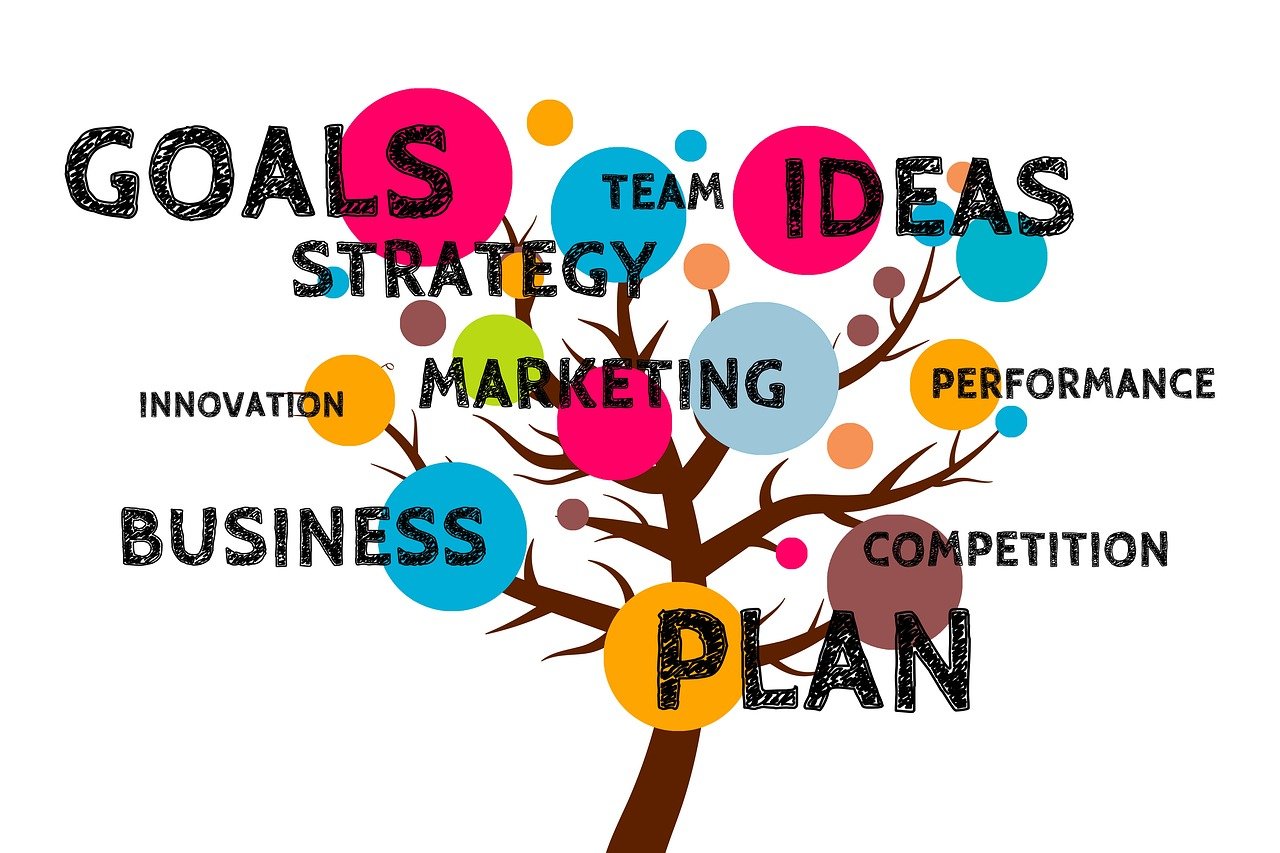
Credit: www.techtarget.com
Training And Support
Adopting an HR cloud system can be a daunting task. Effective change management strategies are key to a smooth transition. Training and support are crucial elements in this process. Proper training equips employees with the necessary skills. Continuous support ensures the system’s sustained success.
Designing Training Programs
Designing training programs involves identifying the learning needs of your team. Start with a skills assessment. Determine what knowledge gaps exist. Create a tailored training plan that addresses these gaps.
Include multiple learning formats:
- Online tutorials
- In-person workshops
- Interactive webinars
- Self-paced modules
Use simple language and clear instructions. Provide real-world examples. Make the training practical and engaging. Encourage questions and feedback.
Providing Ongoing Support
Ongoing support is essential for long-term success. Offer various support channels to help your team:
| Support Type | Description |
|---|---|
| Help Desk | Available for immediate assistance |
| Knowledge Base | Contains articles and FAQs |
| Community Forums | Allows peer-to-peer support |
| Regular Check-ins | Ensure ongoing guidance and feedback |
Encourage team members to share their experiences. Address any issues promptly. Continuously update the training materials to reflect new features and best practices.
Monitoring And Measuring Success
Monitoring and measuring success is critical for effective HR cloud adoption. It ensures that the transition is smooth and delivers the desired results. By setting clear KPIs, regularly reviewing progress, and making necessary adjustments, organizations can maintain control and ensure positive outcomes.
Setting Kpis And Metrics
Setting Key Performance Indicators (KPIs) and metrics is essential. These metrics help track the progress and success of HR cloud adoption. Here are some important KPIs to consider:
| KPIs | Description |
|---|---|
| User Adoption Rate | Percentage of employees using the new HR cloud system. |
| System Performance | Speed and reliability of the HR cloud system. |
| Employee Satisfaction | Feedback from employees regarding the new system. |
| Cost Savings | Reduction in costs due to cloud adoption. |
Regularly Reviewing Progress
Regularly reviewing progress is crucial. It helps identify any issues early and make adjustments. Consider these steps for effective review:
- Schedule regular check-ins, such as weekly or monthly reviews.
- Analyze the data collected from KPIs and metrics.
- Gather feedback from employees and stakeholders.
- Adjust strategies based on the findings from reviews.
Regular reviews ensure the HR cloud system meets its goals and provides value. This proactive approach helps maintain alignment with organizational objectives.
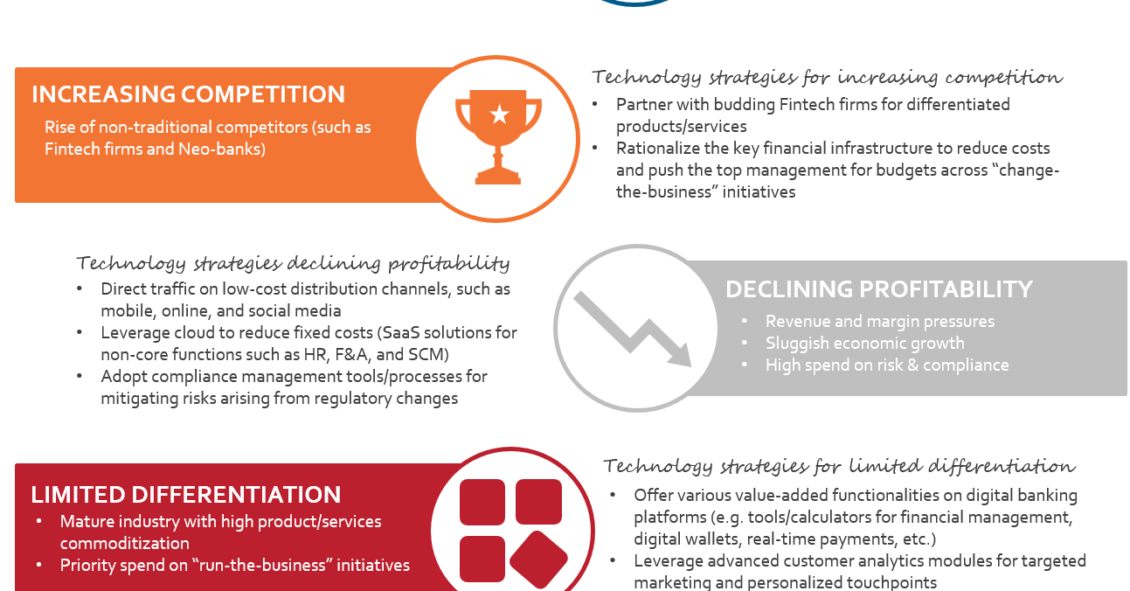
Credit: www.everestgrp.com
Handling Resistance To Change
Handling resistance to change is a critical aspect of HR cloud adoption. Employees may feel threatened by new technologies. They might worry about their roles or fear the unknown. Addressing these concerns effectively is key to a smooth transition.
Identifying Sources Of Resistance
Understanding where resistance comes from helps in addressing it. Common sources include fear of job loss, lack of understanding, and comfort with current systems. Surveys and feedback sessions can help identify these concerns.
Managers should also observe workplace dynamics. Changes in behavior or productivity can signal resistance. Regular check-ins with team members can reveal underlying issues.
Implementing Mitigation Tactics
Once sources of resistance are identified, use targeted strategies. Provide clear communication about the benefits of HR cloud adoption. Explain how it will improve workflows and enhance efficiency.
Offer training sessions to build confidence in using new technologies. Hands-on workshops can make the transition easier. Encourage a culture of continuous learning.
Address fears by showing how the new system supports, not replaces, their roles. Highlight success stories from similar transitions. Peer support groups can also help in easing concerns.
Involve employees in the change process. Seek their input and feedback. This inclusion can build a sense of ownership and reduce resistance.
Case Studies And Examples
Change management is crucial for successful HR cloud adoption. Case studies and examples provide valuable insights. They help understand what works and what doesn’t. Real-world stories offer practical lessons. They highlight strategies that lead to success and those that fail. Here, we explore two key aspects: successful implementations and lessons learned from failures.
Successful HR Cloud Implementations
Many companies have successfully adopted HR cloud solutions. One notable example is a global retail chain. They migrated to an HR cloud system in just six months. The company saw immediate benefits. Employee data became more accessible and accurate. Workflow automation reduced manual tasks. This led to a more efficient HR department.
For example:
- Walmart reduced HR administrative workload by 25% via real-time data access for managers. [Read]
Another success story involves a tech startup. They chose an HR cloud for scalability. The cloud system supported their rapid growth. It streamlined onboarding and payroll processes. This allowed the HR team to focus on strategic tasks. Employee satisfaction also increased due to better self-service options.
Lessons Learned From Failures
Not all HR cloud adoptions are smooth. A financial firm faced major challenges. Their implementation process lacked proper planning. Key stakeholders were not involved. This led to resistance and confusion. The project missed deadlines and ran over budget. The firm eventually reverted to their old system.
Another case involves a healthcare provider. They underestimated the training needs. Employees struggled with the new system. This caused delays and frustration. The provider learned the importance of comprehensive training. They also realized the need for ongoing support. These lessons are crucial for future projects.
Future Trends In Hr Cloud Adoption
The future of HR cloud adoption looks promising. Companies are increasingly moving to cloud-based HR solutions to improve efficiency and agility. This shift is driven by emerging technologies and the need for continuous adaptation.
Emerging Technologies
Several emerging technologies are shaping the future of HR cloud adoption:
- Artificial Intelligence (AI): AI helps automate routine tasks, improving productivity.
- Machine Learning (ML): ML provides insights from data, aiding in better decision-making.
- Blockchain: Blockchain ensures secure and transparent transactions, enhancing data integrity.
- Internet of Things (IoT): IoT devices collect data that can improve employee experiences.
- Virtual Reality (VR) and Augmented Reality (AR): VR and AR offer new training and development opportunities.
Preparing For Continuous Change
Organizations must prepare for continuous change in HR cloud adoption:
- Flexible Strategies: Adopt flexible strategies that can adapt to evolving technologies.
- Continuous Learning: Encourage continuous learning and development for employees.
- Data-Driven Decisions: Use data to make informed decisions and adjust strategies as needed.
- Collaborative Approach: Foster a collaborative approach to implement changes effectively.
- Regular Updates: Ensure regular updates to the cloud system to stay current.
These trends and strategies ensure smooth HR cloud adoption and better organizational performance.
Credit: ioco.tech
Frequently Asked Questions
What Is Hr Cloud Adoption?
HR cloud adoption involves integrating cloud-based solutions into HR functions to enhance efficiency and flexibility.
Why Is Change Management Crucial For Hr Cloud Adoption?
Change management ensures a smooth transition by addressing employee concerns and fostering acceptance of new technologies
How To Overcome Resistance To Hr Cloud Adoption?
Communicate benefits clearly, provide training, and involve employees early to reduce resistance and boost acceptance.
What Are The Key Strategies For Hr Cloud Adoption?
Effective strategies include clear communication, comprehensive training, stakeholder involvement, and continuous support to ensure successful adoption.
Conclusion
Adopting HR cloud solutions requires effective change management strategies. Clear communication helps ease transitions. Training ensures staff understand new systems. Support teams address challenges quickly. Celebrate small wins to boost morale. Regular feedback improves processes. Be patient and flexible. Embrace the change for long-term benefits.
Your organization will thrive with the right approach.

